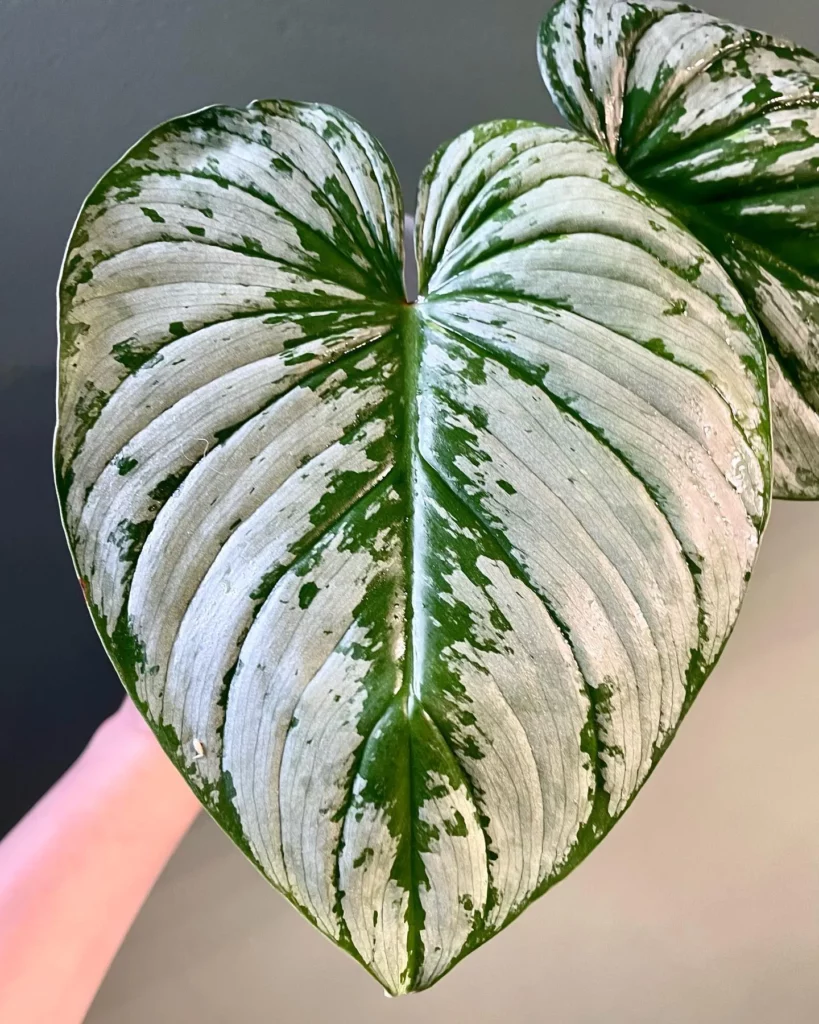Welcome to the world of Philodendron Plowmanii! This rare and beautiful terrestrial plant is a perfect addition to your home. In this article, I will guide you through the process of growing and caring for your Philodendron Plowmanii!
Key Takeaways:
- Philodendron Plowmanii is a rare and beautiful plant.
- Provide bright, indirect sunlight and regular watering.
- Use a well-draining soil mix and maintain a humidity level above 60%.
- Prune and shape the plant as needed to maintain its health and appearance.
A Closer Look at Philodendron Plowmanii’s Unique Features
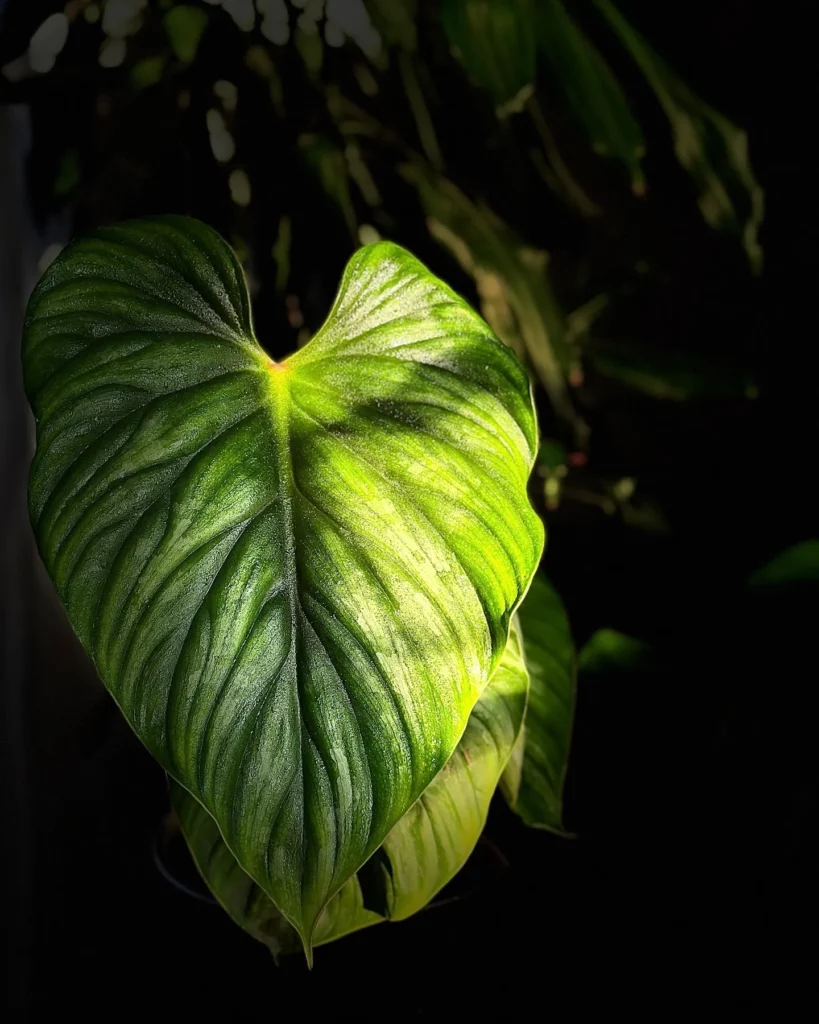


Philodendron Plowmanii is known for its distinct and eye-catching appearance. Let’s explore the unique features that make this plant a standout choice for any indoor space.
1. Stunning Leaves
The leaves of Philodendron Plowmanii are truly a sight to behold. They start off with multiple shades of green and silver streaks, creating a mesmerizing pattern. As the plant matures, the leaves transform into heart-shaped beauties with gray undersides. The veins of the leaves have a creamy yellow color, adding an elegant touch to the overall foliage.
2. Graceful Stem and Petioles
The stem of Philodendron Plowmanii gracefully moves along the ground, giving the plant a unique and natural appearance. The petioles, or leaf stalks, have ruffled edges, further enhancing the plant’s charm. These distinctive features contribute to the overall aesthetics of Philodendron Plowmanii and make it a true standout in any plant collection.
3. Lush Foliage
The lush foliage of Philodendron Plowmanii adds a vibrant and fresh touch to any space. The large, thin leaves create a sense of abundance and provide a tropical vibe. With proper care and maintenance, this plant can grow up to 8 feet in height, making it a statement piece in any room.
No products found.
Tips for Growing Philodendron Plowmanii
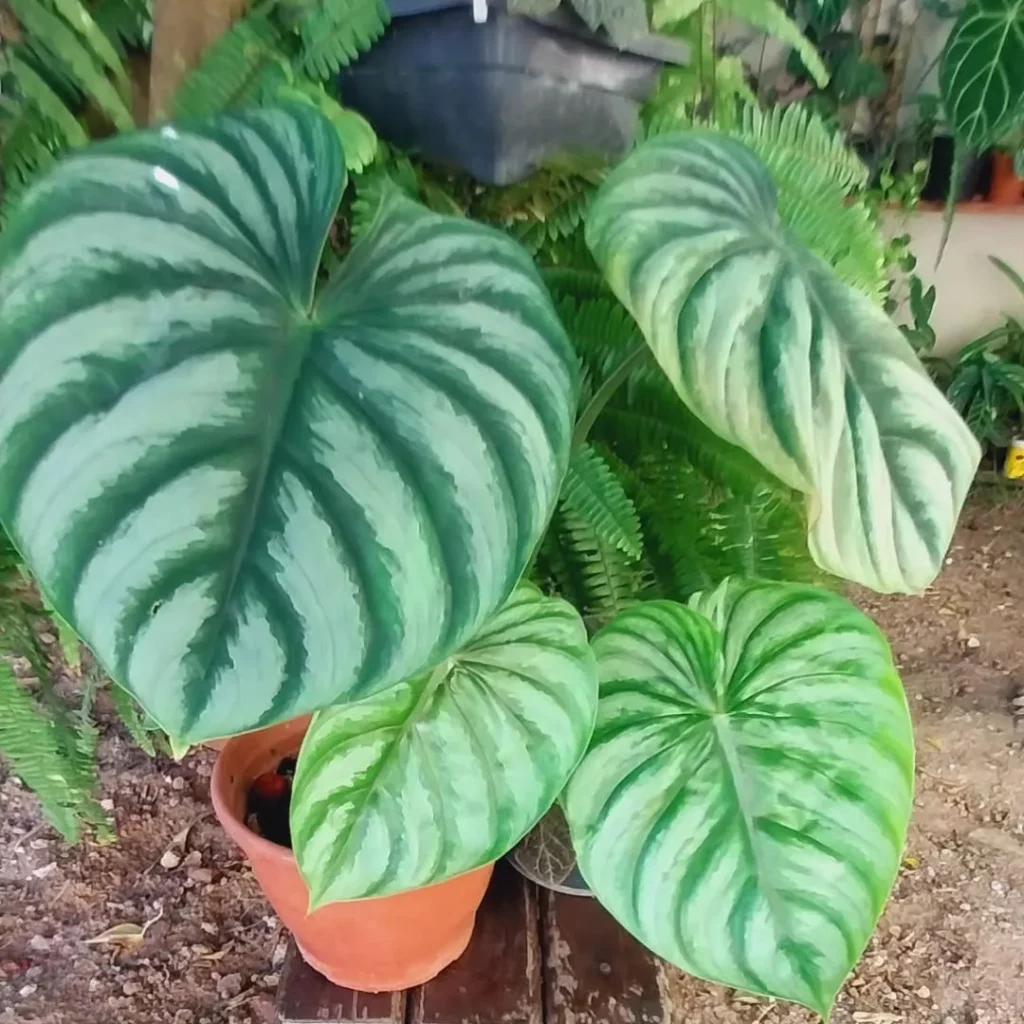


Successfully growing Philodendron Plowmanii at home requires attention to specific care needs. Here are some tips to help you cultivate this beautiful plant:
- Choose the right potting mix: Philodendron Plowmanii thrives in a soilless medium. Create a well-draining mix by combining sphagnum moss, peat moss, and perlite. This will provide the plant with the right balance of moisture retention and aeration.
- Provide bright, indirect sunlight: Place your Philodendron Plowmanii in a location that receives bright, indirect sunlight. Avoid direct sunlight, as it can lead to leaf scorching. A spot near a window with filtered light is ideal.
- Water regularly but avoid overwatering: Keep the soil evenly moist, but be cautious of overwatering, as it can cause root rot. Wait for the top two inches of soil to dry out before watering again. Use your finger to check the moisture level in the soil.
- Maintain the right temperature and humidity: Philodendron Plowmanii prefers temperatures between 55-85°F. Protect it from cold drafts and sudden temperature changes.
- Fertilize during the growing season: Apply a slow-release fertilizer to your Philodendron Plowmanii during the growing season.
How to Propagate Philodendron Plowmanii
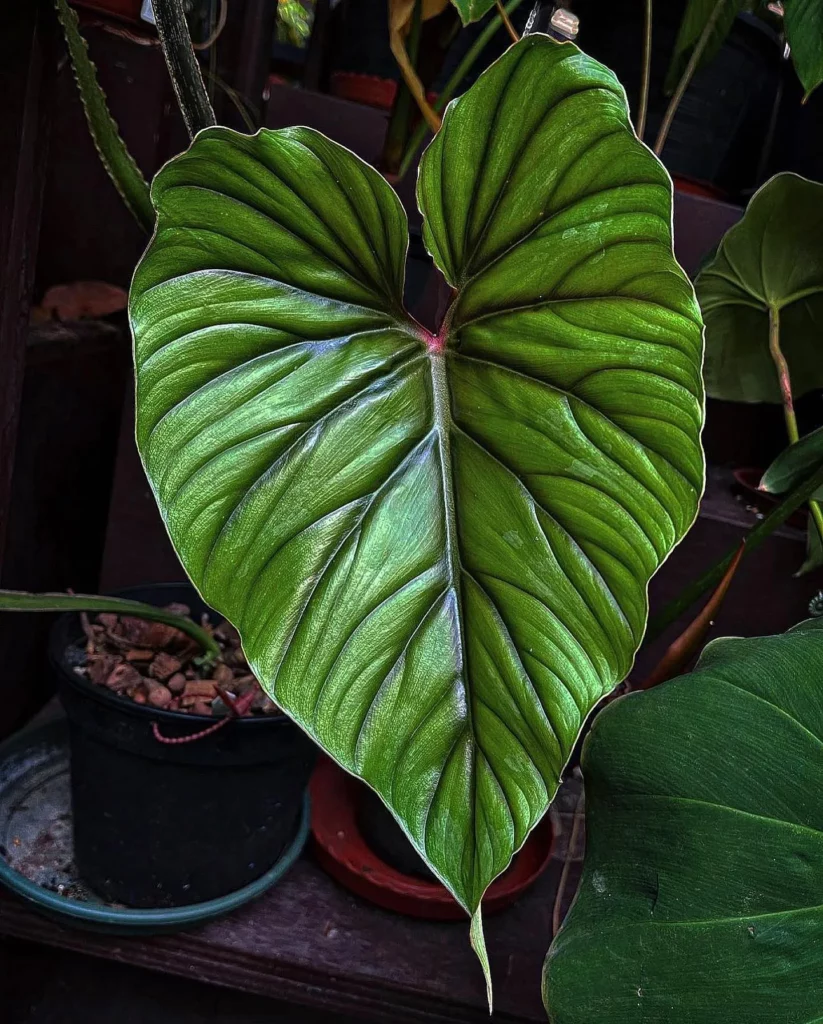

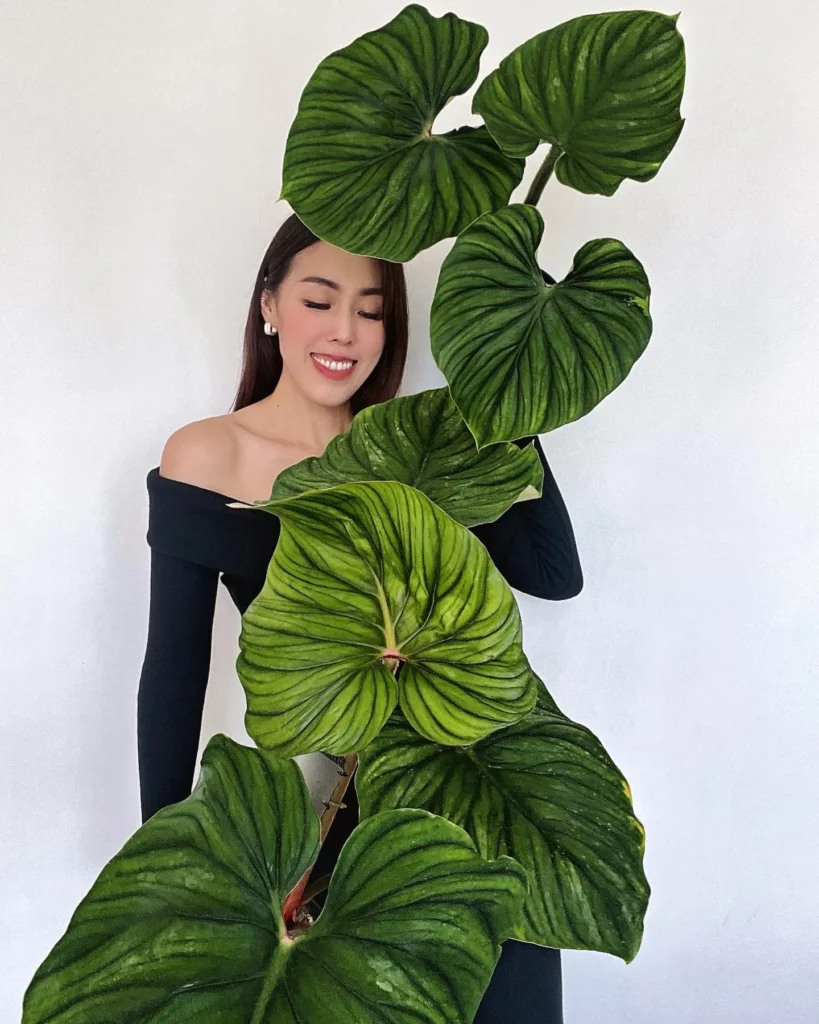
If you want to expand your collection of Philodendron Plowmanii or share the beauty of this plant with others, propagation is a great option. Fortunately, propagating Philodendron Plowmanii is a relatively simple process that can be done through stem cuttings.
To begin, select a healthy stem with at least 2-3 leaves. Use clean and sharp shears to make a clean cut, ensuring the cutting is around 2-3 inches long. Remove any lower leaves to leave a clean stem.
You have two options for propagating Philodendron Plowmanii: water propagation or soil propagation. For water propagation, place the cutting in a glass of water, making sure the bottom node is submerged.
Keep the glass in a warm and bright location, away from direct sunlight. Change the water every few days to prevent bacterial growth. Roots should start to develop within 3-4 weeks.
If you prefer soil propagation, plant the cutting directly into a well-draining potting mix. Make a small hole in the soil, insert the cutting, and gently firm the soil around it. Place the pot in a warm and humid environment, and keep the soil moist. Roots should start to form within a few weeks.
Once the roots are well-established, you can transfer the newly propagated Philodendron Plowmanii into its own container. Continue to provide the plant with proper care, including bright indirect light, regular watering, and the appropriate temperature and humidity levels.
Maintaining the Shape and Health of Philodendron Plowmanii
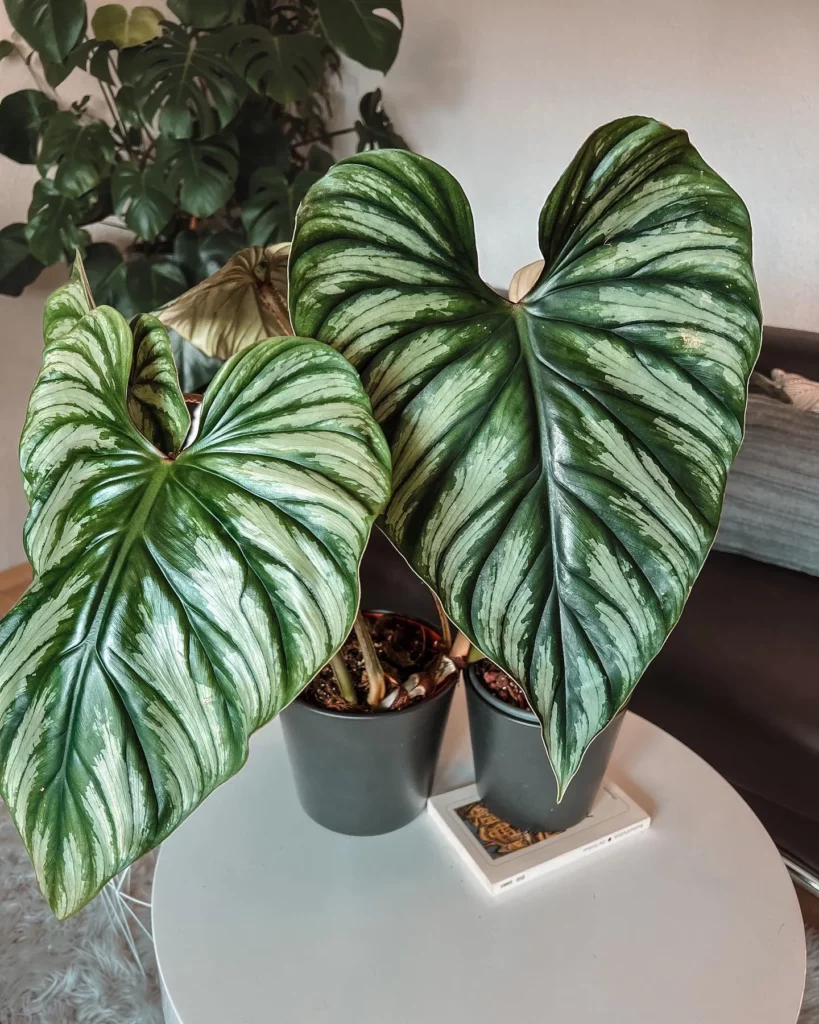


Proper pruning and shaping techniques are important for maintaining the shape and health of your Philodendron Plowmanii. While this plant generally doesn’t require extensive pruning, occasional maintenance can help keep it looking its best. Here are some tips to guide you:
- Remove diseased or damaged leaves: Regularly inspect your Philodendron Plowmanii for any leaves that are diseased, yellowing, or showing signs of damage. These leaves should be promptly removed to prevent the spread of any potential diseases.
- Trim overgrown foliage: If your Philodendron Plowmanii starts to grow excessively and becomes leggy, you can trim back the overgrown foliage to maintain a more compact shape. Only trim back a few leaves at a time to avoid shocking the plant.
- Shape the plant: If you prefer a certain shape or want to encourage bushier growth, you can selectively prune certain stems or branches. Make clean cuts just above a leaf node to promote new growth and reshape the plant to your desired form.
When you’re pruning your Philodendron Plowmanii, always use clean and sharp pruning shears. This will help prevent the spread of diseases and ensure clean cuts that heal quickly. Additionally, avoid excessive pruning, as this can stunt the already slow growth of the plant.



